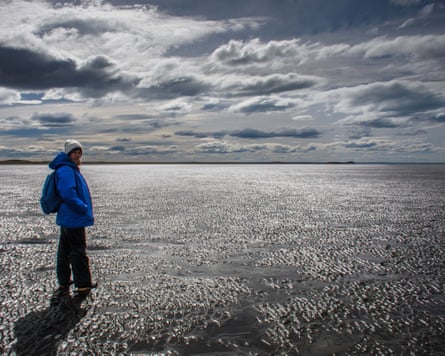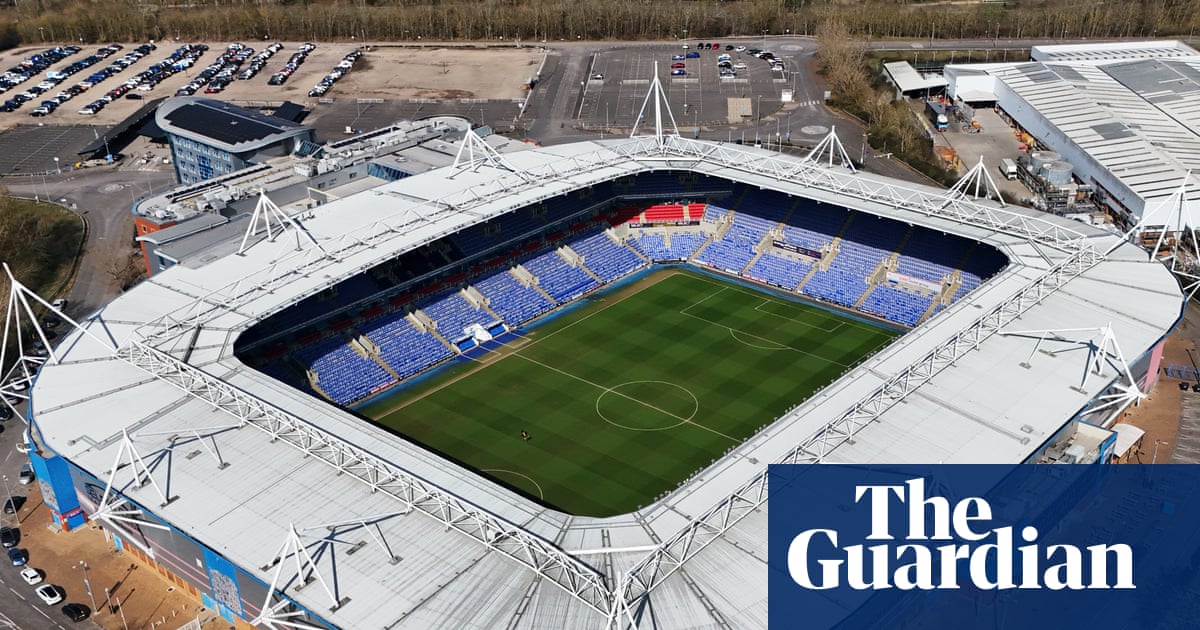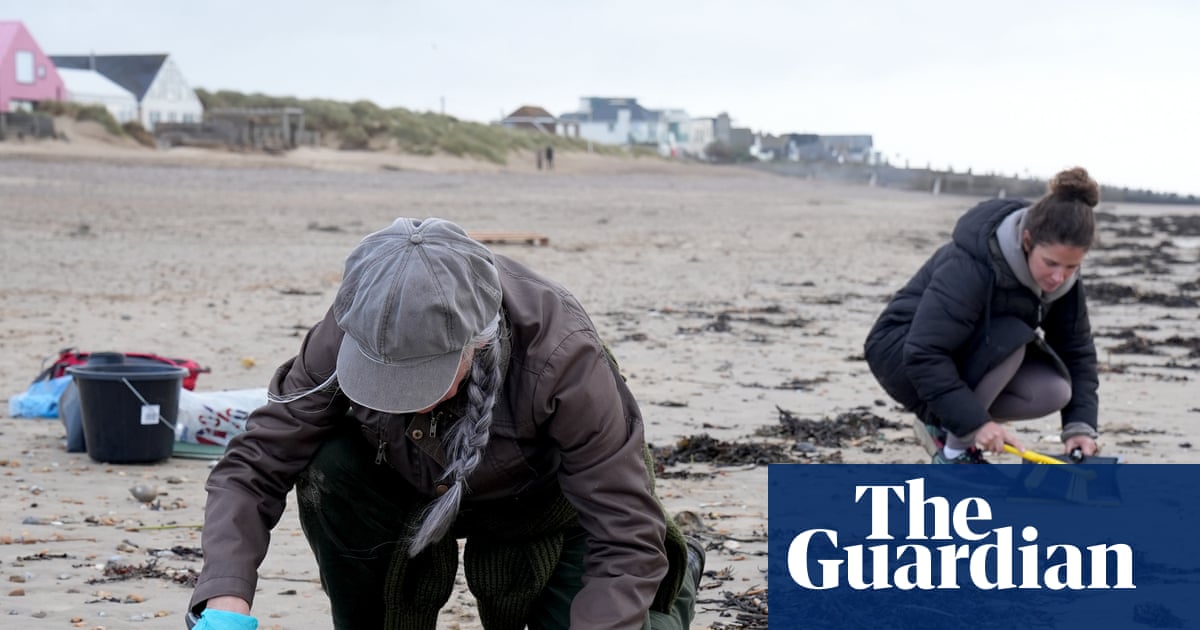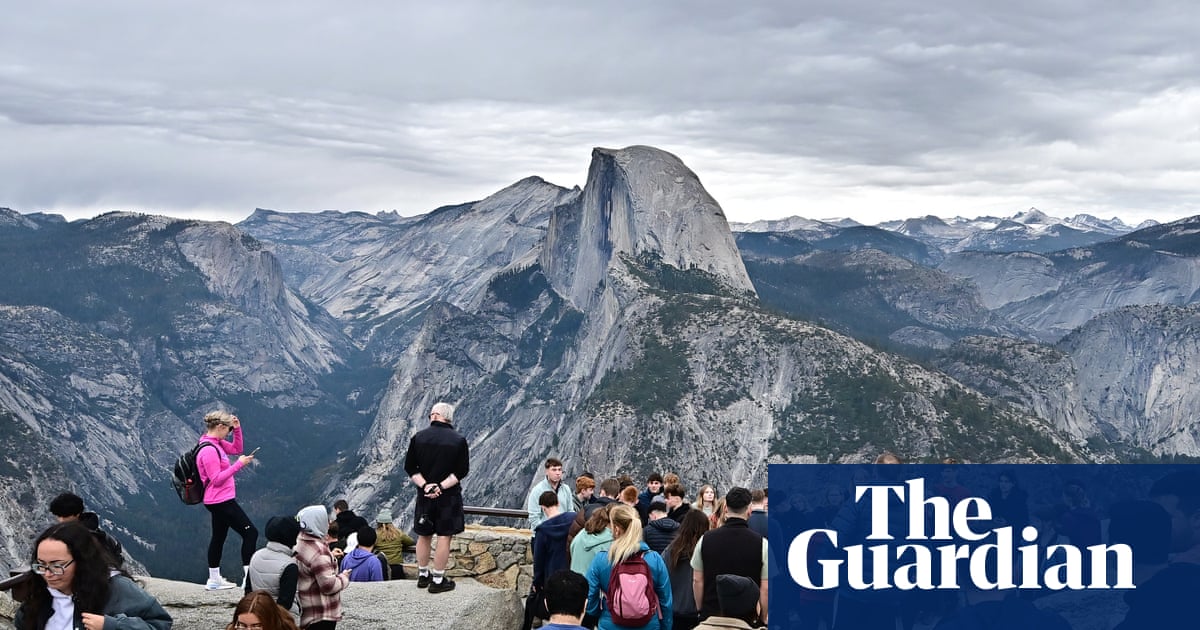For generations, Alfonso Campos’s family has raised sheep in the grasslands of San Gregorio, a tranquil area in Magallanes province, in the far south of Chile’s Patagonia region. Now, he says, his farm will be encircled by three massive containers of ammonia, a desalination plant, a hydrogen plant, gas pipelines and hundreds of wind turbines.
“If the ammonia leaks, it will poison everything,” he says. “The noise of the windmills will also upset the animals, and the landscape will be turned into an industrial desert.”
European and British firms are investing heavily in green hydrogen megaprojects in Chile, which will convert thousands of square kilometres into windfarms, solar parks and industrial infrastructure. More than 50 green hydrogen projects have been announced by companies across the country, primarily in the southern region of Patagonia and the Atacama desert in northern Chile.
While the developments may seem positive for the world’s transition to clean energy, they have been criticised by Chilean researchers, environmentalists and community leaders, who say they threaten wildlife and jeopardise the livelihoods of farmers and fishing communities.

Green hydrogen is made by putting an electric current through water. If the electricity used is renewable, the hydrogen gas produced is described as “green”. This hydrogen can be combined with carbon to create e-fuels for cars, ships and aeroplanes.
It can also be combined with nitrogen to produce green ammonia, which can be used to manufacture fertilisers, industrial chemicals or explosives, replacing those derived from fossil fuels.
Seeking to accelerate its energy transition, the European Union aims to import 10m tonnes of green hydrogen by 2030 and has identified Chile as a key supplier. The president of the EU Commission, Ursula von der Leyen, visited Santiago in 2023 to sign a €225m (£192m) agreement to finance green hydrogen projects in Chile. The UK is offering £5bn export credits for green hydrogen projects in the country.
The Austrian-Danish consortium HNH Energy plans to produce more than 1m tonnes of green ammonia a year in a project near Campos’s farm. A few miles north, a subsidiary of the French conglomerate TotalEnergies is investing $16bn (£12bn) in a vast ammonia complex, complete with a desalination plant, an electrolysis unit, a seaport and more than 600 wind turbines on a sprawling site spanning more than 720 sq km (278 sq miles).
Just across the strait of Magellan, on the Tierra del Fuego archipelago, the British firms Hive and TEG are investing $8bn in a green ammonia plant.

The Spanish-German wind turbine firm Acciona Nordex plans to build another green hydrogen plant on Tierra del Fuego island. France’s EDF and Germany’s Porsche are also among the companies investing in green-fuel facilities in Chilean Patagonia. All these projects are awaiting approval from the country’s environmental authority.
Chile’s government is enthusiastic about the economic prospects. “We face a historic opportunity to create a world-class industry in Chile that adheres to the highest environmental standards and allows us to contribute to the global effort to reduce carbon emissions,” says Álvaro García, minister of energy and economy.
“One of the challenges we have set for ourselves is to incentivise local demand for green hydrogen, with the resulting benefits for local communities. But to sustain the industry over time, we also need to become exporters of this energy source.”

Luis Alvarado, who heads a hub of small and medium businesses in Magallanes, estimates that if just three projects are approved, 5,000 jobs could be created directly, and tens of thousands more local people will benefit by providing services to the industry.
That is also the hope of Alejandro Villegas, who recently lost his job in the gas industry. “It will be great for the region,” he says. “It will bring high-quality jobs and we’ll be making a clean source of energy.”
So far, only one company, Highly Innovative Fuels (HIF), is producing green hydrogen in Magallanes, through a pilot project featuring one wind turbine and an electrolysis plant, which produces e-methanol and e-fuel (also known as e-gasoline). Although it is majority owned by Chileans, HIF has several international shareholders, including Porsche, Baker Hughes, EIG and Japan’s Idemitsu. Siemens has supplied the technology.
Clara Bowman, HIF’s chief operations officer, says: “The great thing about e-gasoline is that we can start using it today – there’s no need to convert vehicles and you can use existing infrastructure. So we could immediately switch to a climate-friendly fuel.”
The company plans to start producing e-methanol commercially in nearby Cabo Negro, though on a smaller scale than many other planned schemes, using only 60 wind turbines. The company says it will not discharge effluent from its desalination, but will instead reuse water and collect the salt. The turbines also have radar to detect birds.

“We don’t want to overload the ecosystem, so we are taking a phased approach,” says Bowman.
Although export-oriented, HIF will also supply the state oil company with e-fuel. But across Chile, 67% of green hydrogen megaprojects are aimed at the export market and 71% are foreign-owned, according to a Guardian analysis.
Despite some people’s optimism regarding the economic impact of the green hydrogen boom, researchers, environmentalists and community leaders warn that Chile’s massive commitment to green energy will come at a high environmental cost.
Carmen Espoz Larraín, a marine biologist at a research centre in Bahía Lomas in Tierra del Fuego, notes that the waters of the Magellan Strait form a fragile ecosystem, home to many whale species, including orcas, humpback, sei and minke whales, as well as sea lions and dolphins.
“Each of these projects has a desalination plant which will discharge water with an extremely high salt content and coagulants back into the sea. This will affect all the marine life, as well as the birds that feed here,” she says.

The Chilean government aims to produce 13% of the world’s green hydrogen just in the region of Magallanes and Antarctica. Espoz Larraín says that means windfarms and industrial infrastructure would cover 20,000 sq km of land here.
“We simply don’t know what megaprojects of this scale will do to the ecosystem of the Patagonian steppes,” she says. “All these green fuels are for export; they won’t benefit us. It’s green colonialism, using Chilean natural resources for a so-called green transition in the global north.”
Ricardo Matus, an ornithologist who manages the Leñadura Bird Rehabilitation Centre in the Magallanes region, says tens of thousands of birds migrate to Patagonia, including the critically endangered Magellanic plover, the red knot and the ruddy-headed goose.
His organisation is one of 12 environmental groups that have formed the H2 Citizens Panel of Magallanes to urge the authorities not to rush into large-scale green hydrogen projects.
“Windfarms on this scale could decimate the bird population, as they collide with the blades,” Matus says.

In the arid Antofagasta region of northern Chile, extensive areas will be transformed into solar parks if more than 20 planned green hydrogen projects gain environmental approval. The US company AES, for example, is investing in a green ammonia complex that will need three solar farms to supply it with energy, and it is one of green fuel projects planned for the Taltal area.
García, the energy minister, says civil society concerns should be considered, but insists: “We have a very robust system of environmental safeguards and have worked diligently to regulate the establishment of this industry, guaranteeing the protection of the environment and ecosystems.”
Valentina Durán, director of Chile’s environmental assessment authority, says the government must verify that projects comply with environmental regulations, while also mitigating and compensating for their effects.
Yet, in Taltal, local Indigenous communities do not appear reassured by the state’s guarantees and voice concerns about the foreign companies’ arrival.
Brenda Gutiérrez, president of the Indigenous community of Pabla Almendares de Peralito, Salitre y Paposo, based in Taltal, says no one knows the impact of covering the desert with solar panels. “Will it change the weather? How will the wildlife cope?” she asks.
Yet, Gutiérrez says, her community is certain that it will be directly affected by the desalination plants discharging effluents along the Taltal coast. “We are a fishing community. We fish, collect seaweed and harvest shellfish.
“We don’t want a dead seabed, bleached white by the salt and chemicals,” she says. “The sea is our life.”

 2 hours ago
7
2 hours ago
7

















































